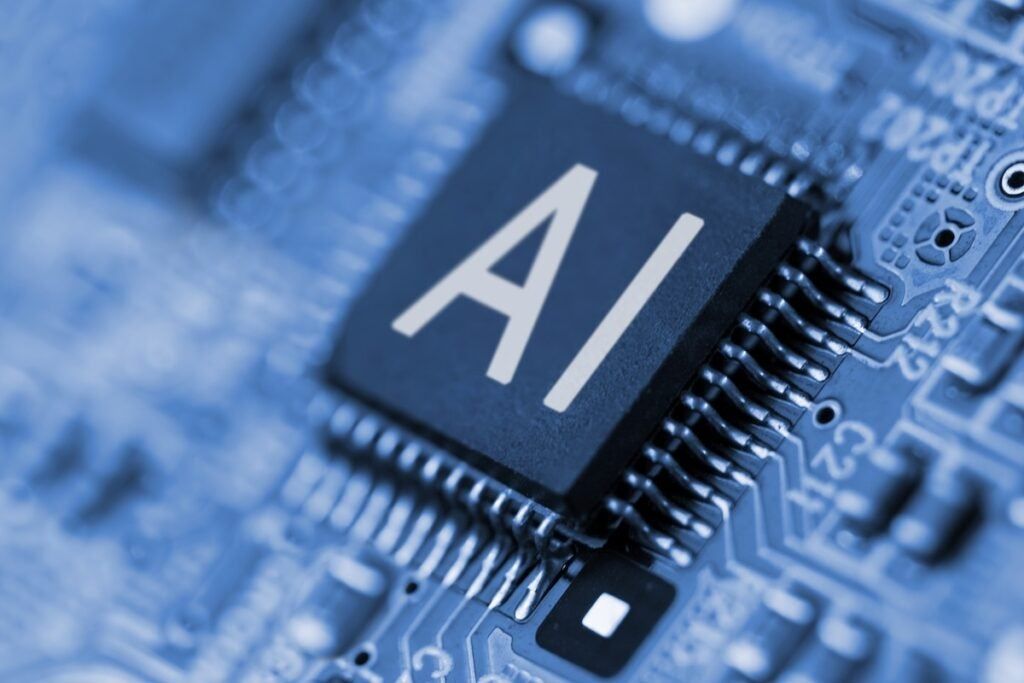In the rapidly evolving landscape of artificial intelligence and automation, companies like Anthropic and OpenAI have emerged as pivotal players. While OpenAI’s ChatGPT garners much public attention, Anthropic is carving a distinct niche, especially in the enterprise segment. Founded by former OpenAI members, Anthropic presents a compelling case for businesses seeking reliable and safe AI solutions, particularly in sectors where compliance and safety are paramount. This analysis explores the comparative attributes of Anthropic’s Claude and OpenAI’s offerings, focusing on their strengths, weaknesses, costs, return on investment, and scalability.
Anthropic has positioned itself uniquely with a focus on “constitutional AI,” emphasizing a safety-first framework designed to provide reliable outcomes in high-stakes environments. This ethos resonates particularly well with business leaders and compliance officers who prioritize risk management and ethical considerations. However, the challenge lies in the pricing structure of its flagship product, Claude. The API pricing is reported to be approximately eight times higher than its competitors, presenting a potential barrier for small to medium-sized businesses (SMBs) that may be deterred by the associated costs. On the other hand, OpenAI’s ChatGPT offers a more budget-friendly alternative, which could attract a broader user base, especially among smaller enterprises or those in early stages of AI adoption.
The performance benchmarks for Anthropic’s Claude indicate that it competes closely with OpenAI and Google in terms of capabilities. Despite this, the cost remains a significant consideration. Businesses need to perform a thorough analysis of the expected return on investment. For instance, if the enhanced safety and reliability provided by Claude translates into reduced compliance costs or minimized operational risks, then the higher upfront costs could be justified. Conversely, the more accessible pricing of OpenAI may facilitate faster adoption across a wider range of applications, potentially leading to quicker scalability for businesses poised to capitalize on automation.
The scalability of both platforms is another critical point of differentiation. OpenAI’s established ecosystem allows users to integrate their models into varying business systems seamlessly. This flexibility can be significant for organizations looking to scale their automation efforts without substantial overhead. Anthropic’s reliance on specialized infrastructure, particularly through partnerships such as Amazon’s Rainier supercomputer, indicates a push towards enhancing scalability. However, the actual degree of success in this area remains to be seen, and businesses may wish to monitor ongoing developments to gauge Anthropic’s ability to scale effectively alongside its growth trajectory.
Despite Anthropic’s focus on enterprise readiness, there is skepticism in the market about its long-term growth sustainability. With a substantial portion of its revenue reportedly stemming from just two clients, concerns regarding concentration risks should not be overlooked. This dependency could impact scalability and revenue consistency, particularly if these clients reassess their engagement levels or explore alternatives. By contrast, OpenAI’s broader consumer adoption and established reputation provide a degree of resilience against market fluctuations.
Moreover, the differing organizational cultures between these firms further influence market perceptions and employee retention. Anthropic’s high employee retention rates suggest a loyal workforce committed to its mission and safety-first approach, which enhances its innovative capabilities. However, the potential perception of a slower pace in delivering products can create hurdles in meeting rapid market demands, particularly in dynamic sectors that may favor agility over meticulous caution.
In conclusion, the choice between Anthropic’s Claude and OpenAI’s ChatGPT is not simply a matter of technology superiority; it hinges significantly on the specific needs of the business. Companies focused on robust safety protocols and operational integrity may find Claude’s offerings appealing, particularly if they can accommodate the premium pricing structure. Conversely, businesses seeking faster deployment and cost-effective scalability may gravitate toward OpenAI. A careful analysis of organizational priorities and the business context will guide leaders in making the most informed decision around adopting these advanced AI solutions.
FlowMind AI Insight: As automation and AI reshape industry landscapes, businesses must critically evaluate the strengths and weaknesses of each available solution against their organizational goals and risk tolerance. Investing in a platform that aligns with core values while considering long-term scalability can provide significant advantages amidst the evolving automation terrains.
Original article: Read here
2025-09-18 19:55:00

